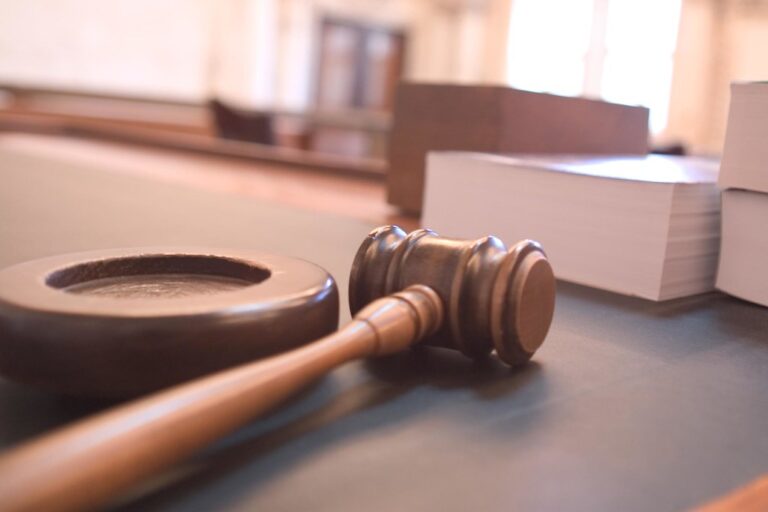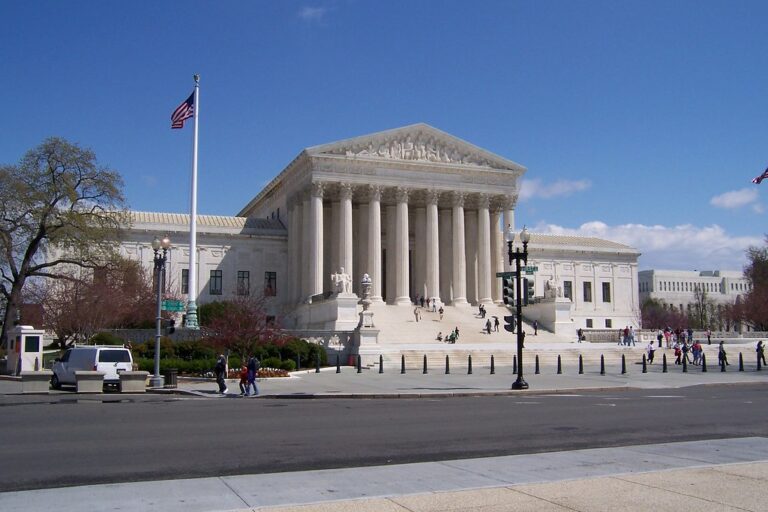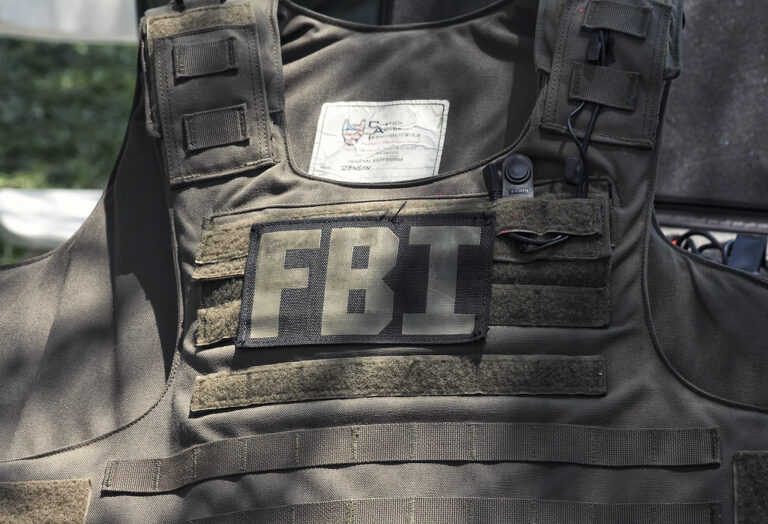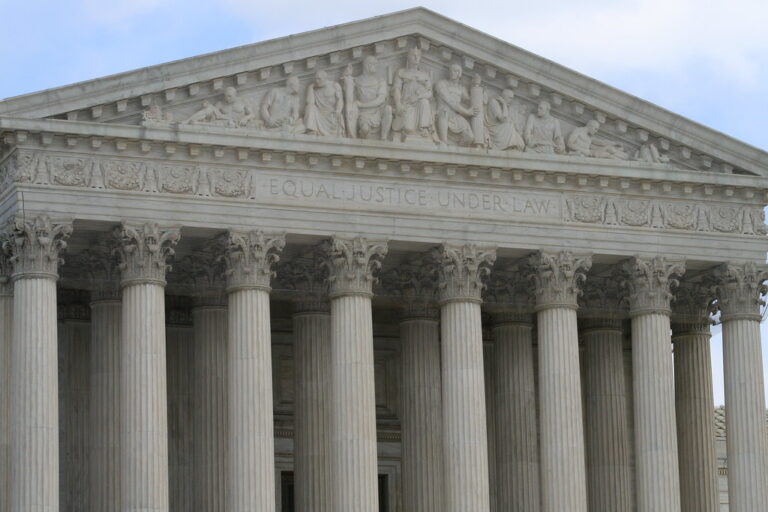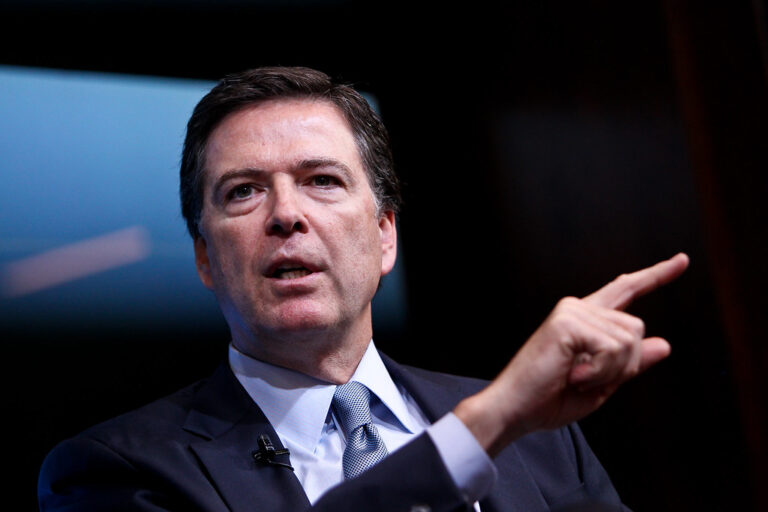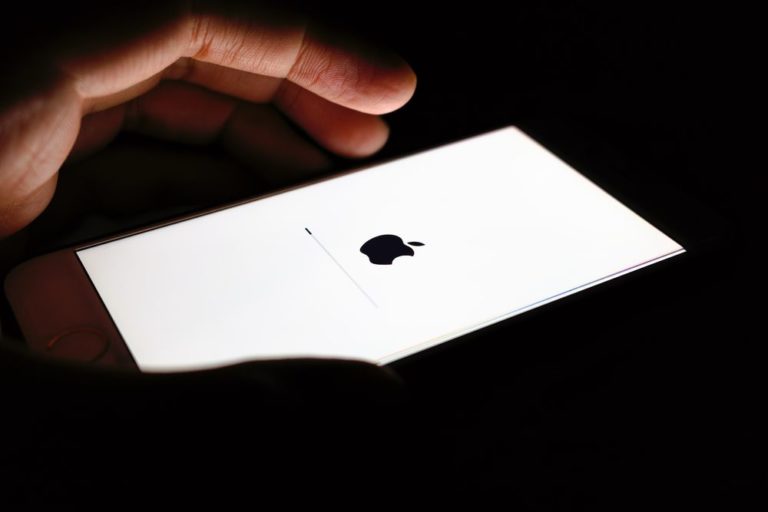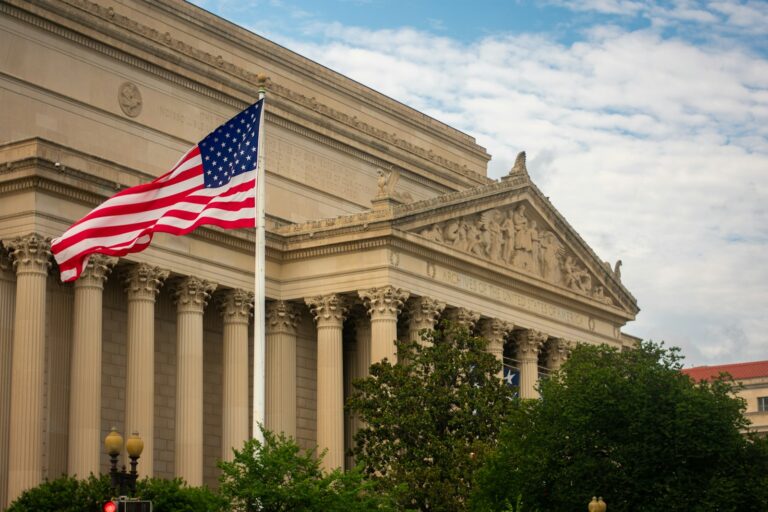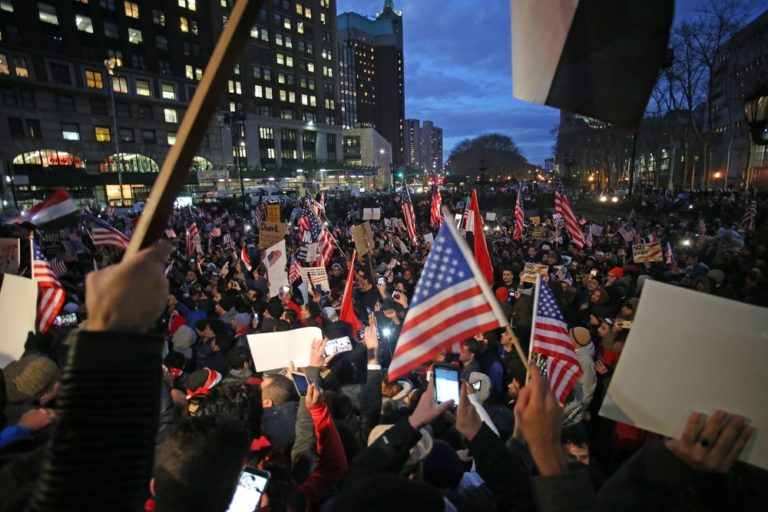Key takeaways:
- A judge dropped half of the charges under the Wiretap Act.
- The ruling defends press freedom and digital research rights.
- Advocacy groups hailed a major victory for free expression.
- The case highlights rising threats to journalists online.
A federal judge dismissed seven of the 14 charges a journalist faced. The charges stemmed from obtaining unaired footage from a news show. The ruling marks a significant press freedom win. Advocacy groups praised the decision, saying it protects researchers, internet users, and reporters.
Last year, Timothy Burke was arrested for sharing unaired 2022 video from a popular talk show. That episode included antisemitic remarks by a famous rapper. Prosecutors claimed he broke the federal Wiretap Act by intercepting a private communication. Burke shared the video online, and they called it illegal.
Judge Kathryn Kimball Mizelle, appointed by former President Trump, threw out half the charges. She wrote that the government’s legal theory could harm free expression. She warned it might force reporters or anyone online to defend simple web viewing in court.
“This ruling is a significant victory for free expression and press freedom,” said Bobby Block of the Florida First Amendment Foundation. He noted the decision will restore confidence that people aren’t breaking the law by reviewing streaming content.
Why This Matters for Press Freedom
The decision has wide impact on press freedom. If the government’s view had stood, anyone watching a livestream could face jail time. Ordinary internet users might need to prove they didn’t break federal law. This threat could silence vital reporting and stifle curiosity online.
Seth Stern of the Freedom of the Press Foundation explained that the prosecution’s plan was too broad. “It would have forced not just journalists but anyone who watched a livestream to defend themselves in court,” he said. He celebrated the judge’s relief.
Yanni Chen, legal director at Free Press, called the ruling “a crucial victory for the First Amendment.” She added it sends a clear message: the law can’t be twisted to criminalize newsgathering.
Jennifer Stisa Granick of the ACLU stressed that “now is a time when press freedom is in jeopardy.” She warned courts must stop prosecutors from abusing the Wiretap Act to silence news.
Case Continues but Hope Remains
Despite the win, Burke still faces the remaining seven charges. He thanked his “overworked and underpaid legal team” and the press freedom groups that filed amicus briefs. He noted that the wiretap allegations were the most serious and he’s grateful they were dismissed.
Marco Gaudino, who helped Burke access the videos, pleaded guilty last month. He received probation and house arrest. He also agreed to cooperate with prosecutors on Burke’s case. Judge Charlene Edwards Honeywell, appointed by President Obama, issued that sentence.
The Wiretap Act Debate
The federal Wiretap Act protects private communications from secret taps. Prosecutors argued it applied when Burke accessed streaming video. Judge Mizelle disagreed. She said the government’s approach raised major press freedom concerns. Press freedom depends on clear limits to avoid chilling effects on reporting and research.
Threats to Press Freedom Today
Rising concerns over authoritarianism and media attacks have put press freedom under pressure. Leaders sometimes try to control news and punish critics. In this climate, every court victory matters. Digital tools now drive journalism, and reporters rely on online content to inform the public.
If courts allowed broad prosecutions under the Wiretap Act, reporters could face prison for basic internet research. This ruling shows judges can push back and defend press freedom in the digital age.
Conclusion
This press freedom win is more than one case’s result. It warns against overbroad legal theories that threaten free speech. It shows courts can uphold the First Amendment for journalists and everyday internet users. For now, reporters and online researchers can breathe easier—but the fight to protect press freedom continues.
What is the federal Wiretap Act and how does it relate to journalism?
The Wiretap Act bars secret recording of private conversations. In this trial, prosecutors said it covered streaming content. The judge ruled it should not criminalize reporters who access public video.
Why did advocacy groups file amicus briefs?
Organizations like the ACLU and EFF warned the government’s view could chill free expression. They argued that broad prosecutions would hurt both journalists and ordinary internet users.
What happens next in Timothy Burke’s case?
Only the wiretap charges were dismissed. Burke still faces seven other counts, and his legal battle continues.
Why does this ruling matter for everyday internet users?
Had the government won all counts, anyone who watched a public livestream could risk prosecution. This decision protects basic online activities and strengthens press freedom.

